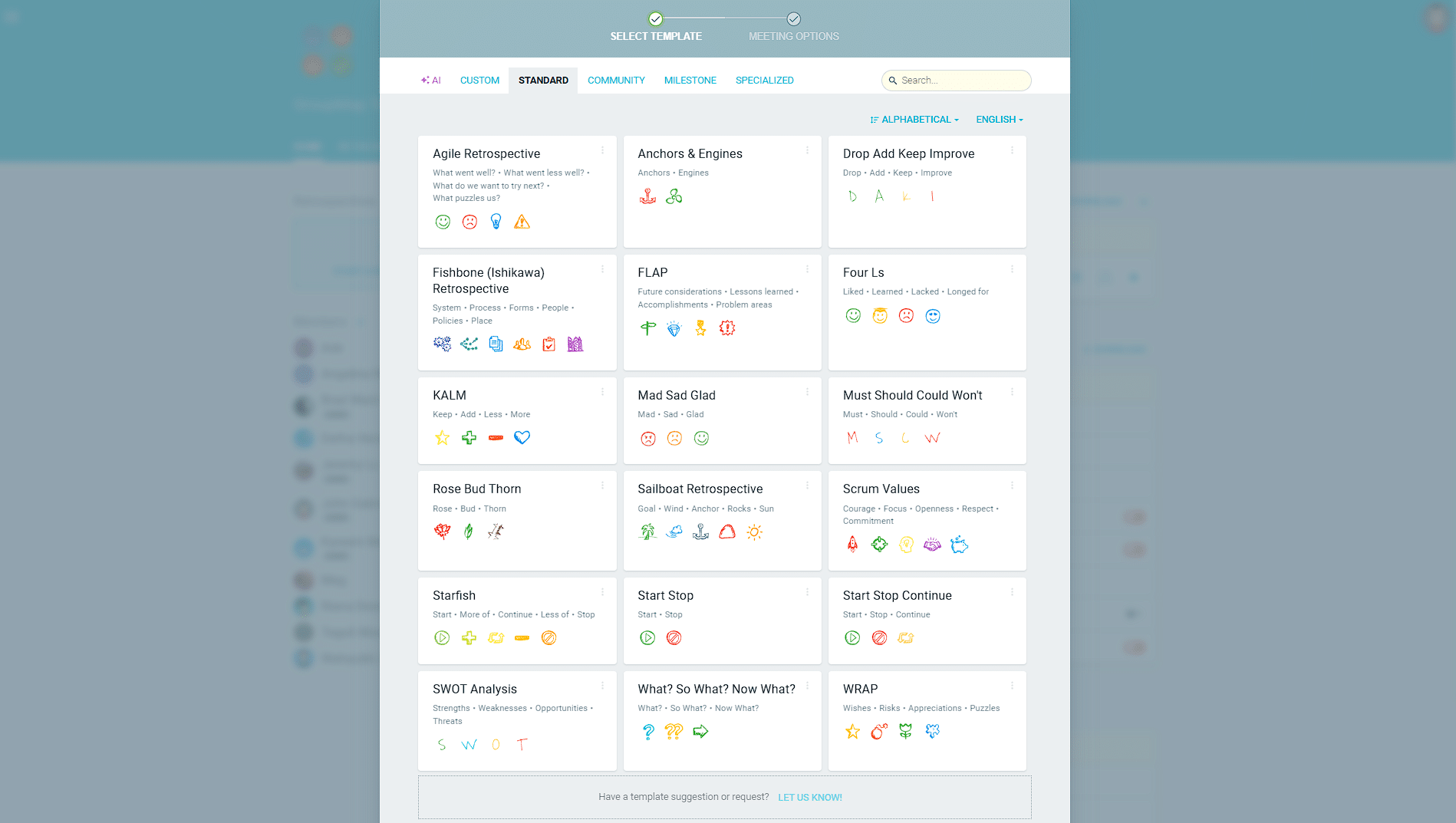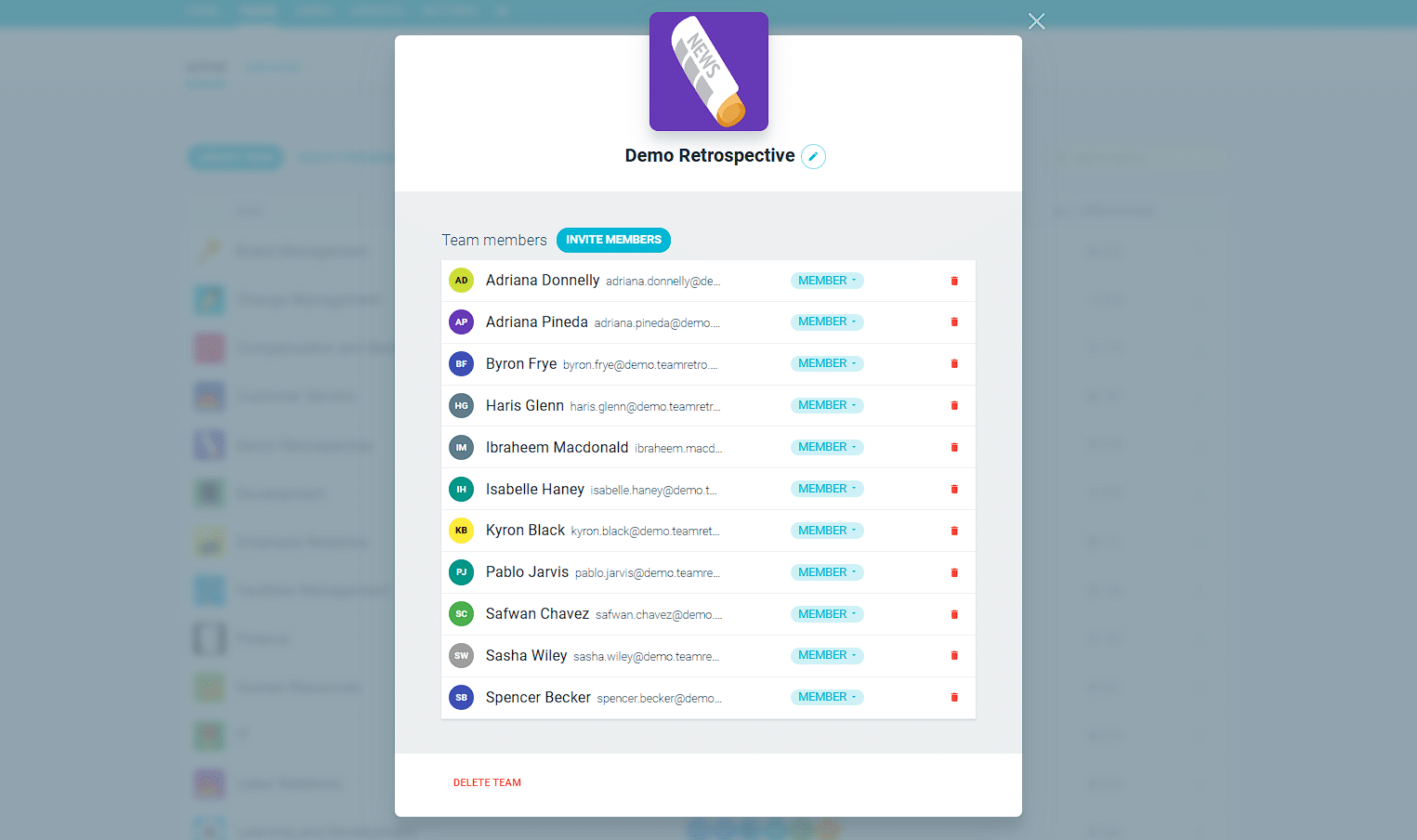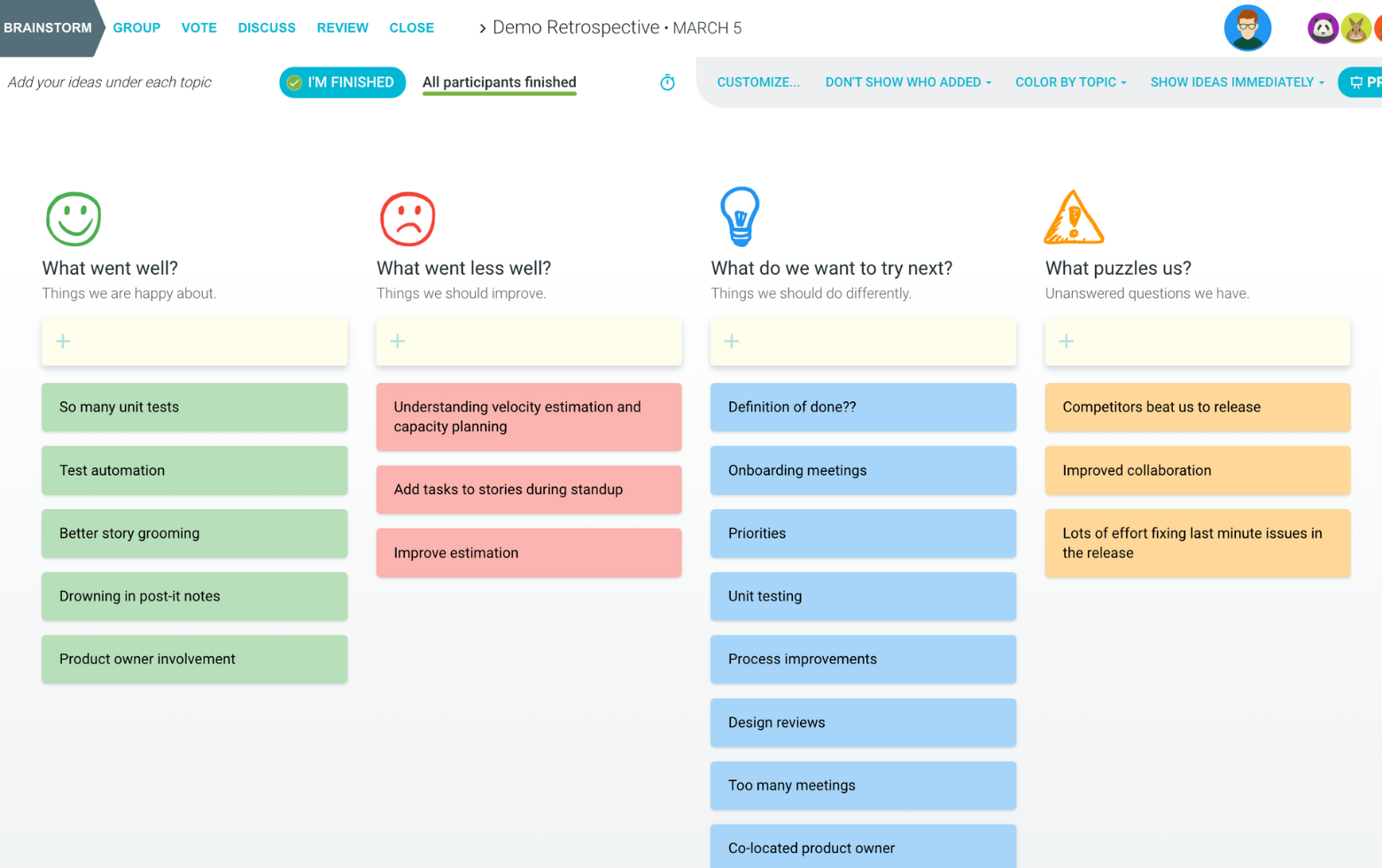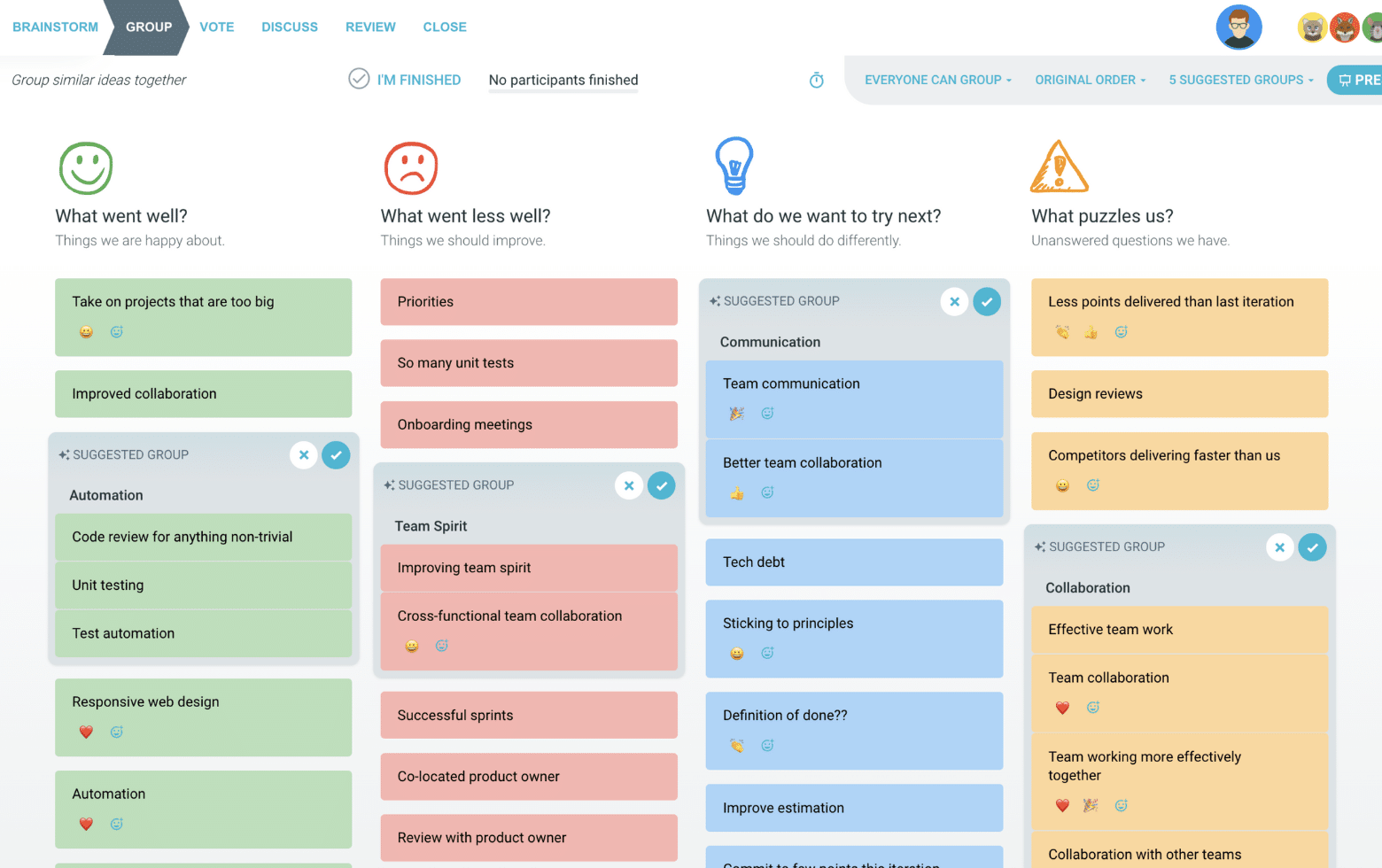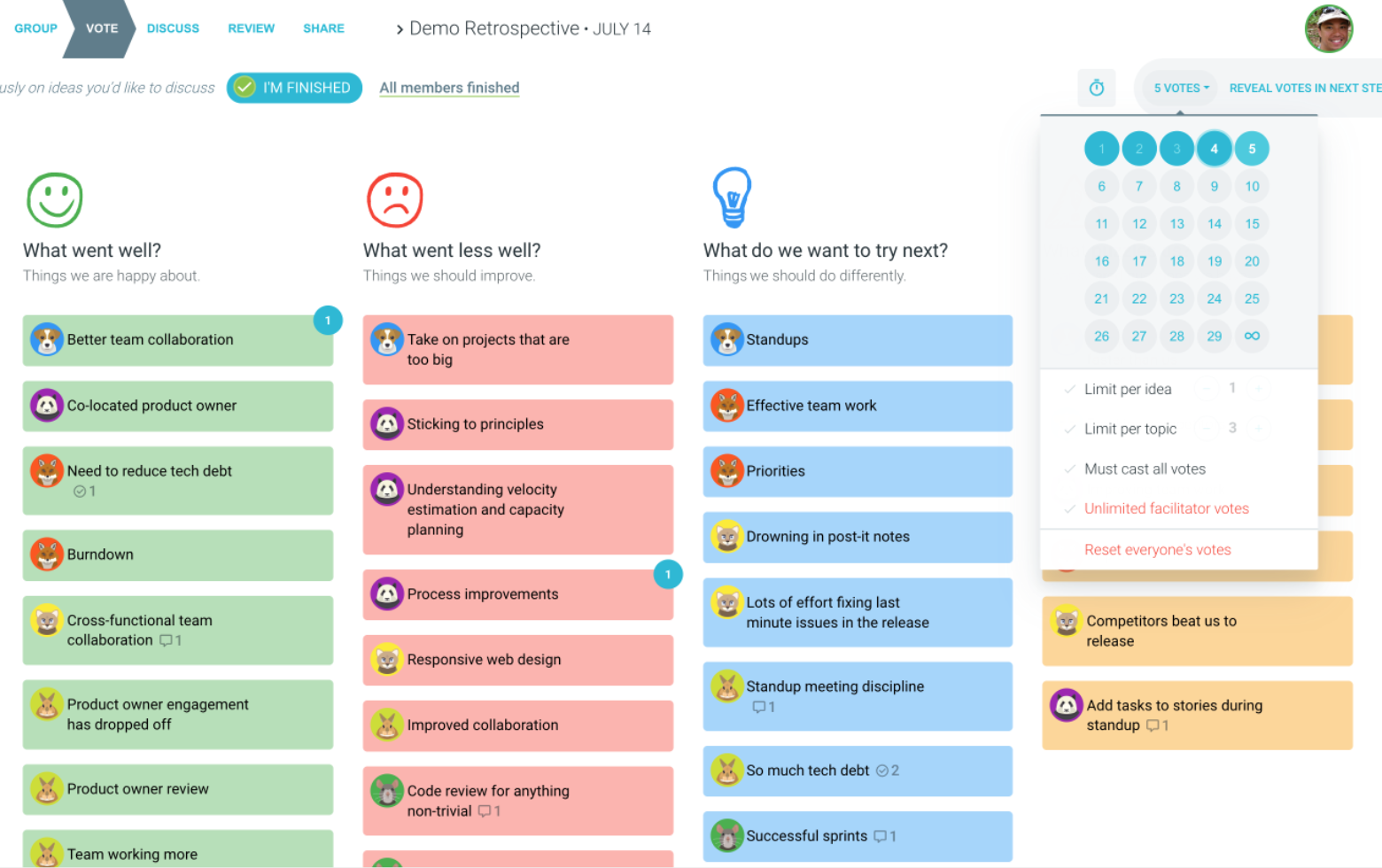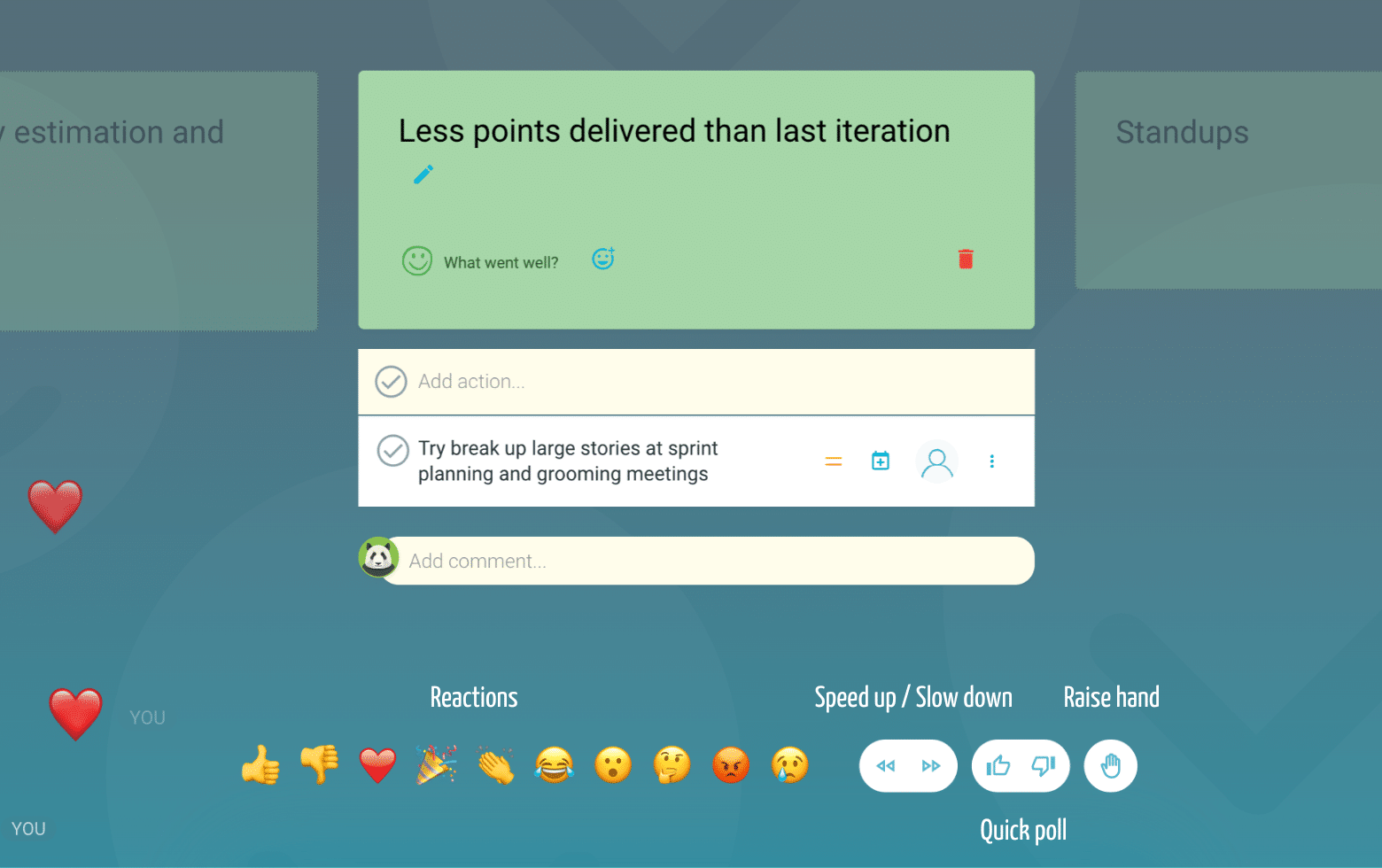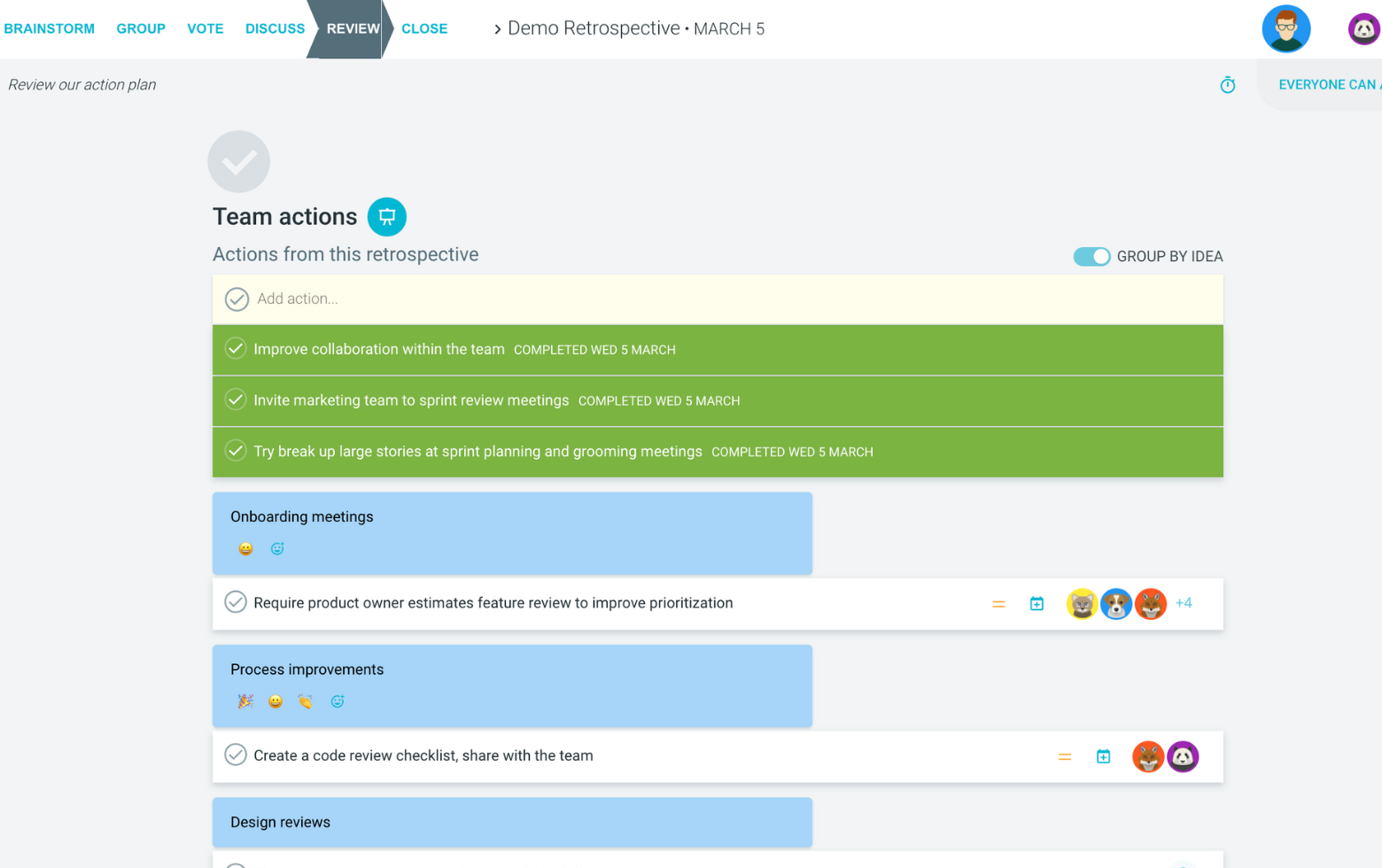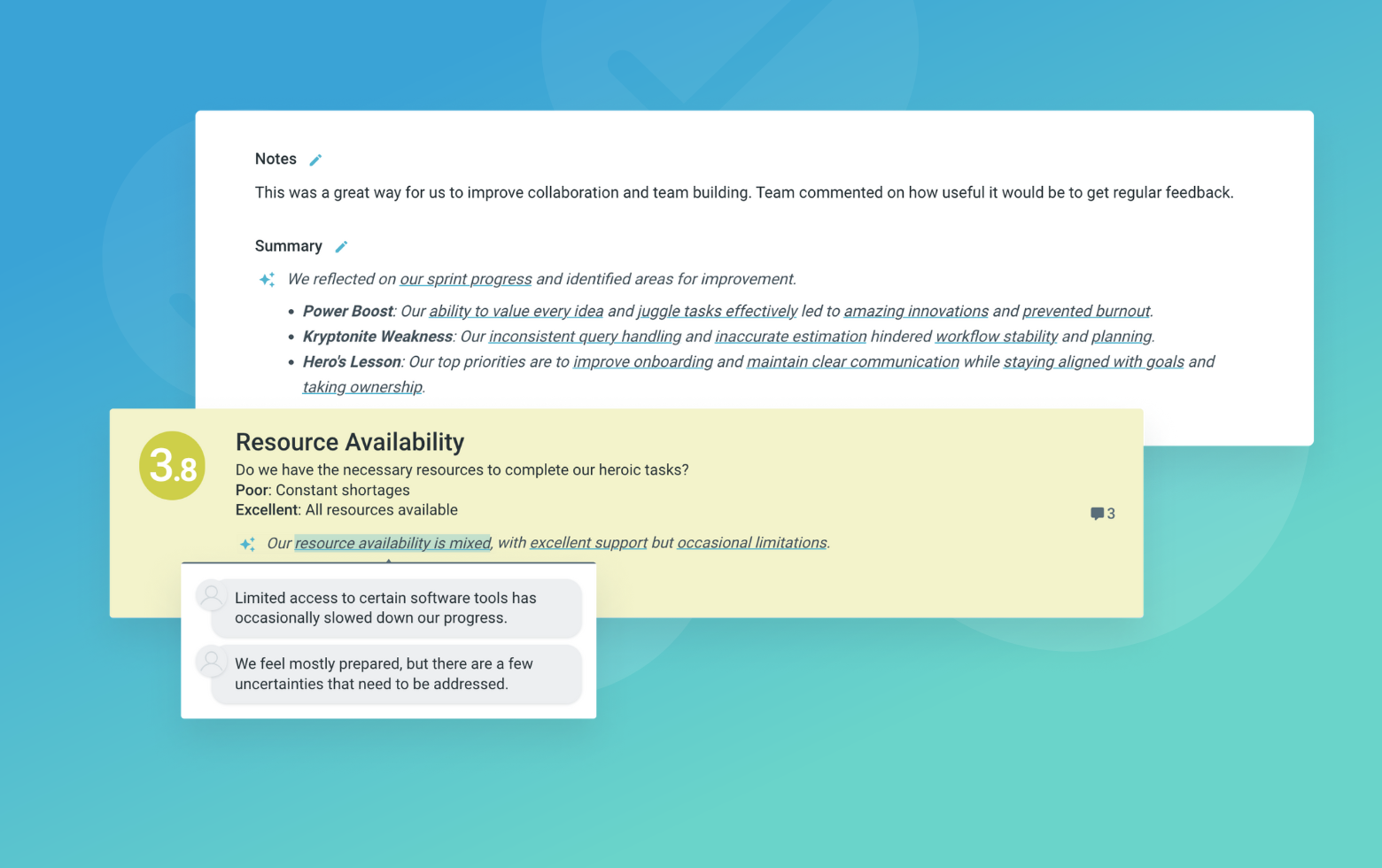SWOT Analysis is a structured planning method that helps teams evaluate four key areas: Strengths, Weaknesses, Opportunities, and Threats. Originally developed by Albert Humphrey at Stanford University, this powerful framework enables teams to identify internal and external factors that influence their success.
During a SWOT analysis, teams collaboratively examine their internal capabilities (Strengths and Weaknesses) and external factors (Opportunities and Threats). This comprehensive approach helps teams leverage their advantages while addressing challenges proactively.
The systematic nature of SWOT Analysis makes it particularly valuable for strategic planning, project evaluation, and team development. By considering both positive and negative aspects, teams can develop more balanced and effective action plans.
What is The SWOT Analysis
Strengths
What advantages do we have over others?
Focus on internal positive attributes and resources within the team's control. Encourage participants to think about technical capabilities, processes, culture, and human resources. Challenge the team to provide specific examples rather than general statements.
Weaknesses
What weaknesses do we have relative to others?
Address internal limitations and areas for improvement. Create a safe space for honest discussion about shortcomings. Focus on constructive identification of issues rather than blame, and encourage solutions-oriented thinking.
Opportunities
What could we do to exploit our advantages?
Explore external possibilities and potential areas for growth. Help the team think beyond immediate projects to identify broader opportunities. Consider market trends, technological advances, and organizational changes that could benefit the team.
Threats
What could negatively impact us?
Identify external challenges and potential risks to the team's success. Guide the discussion toward actionable threats rather than hypothetical scenarios. Help the team think about mitigation strategies while maintaining a constructive atmosphere.
Suggested icebreaker questions
- What's one unexpected strength you discovered about our team in the past month?
- If you could instantly improve one aspect of our team, what would it be and why?
Ideas and tips for your retrospective meeting
- Encourage specific, concrete examples rather than general statements
- Keep the focus balanced across all four quadrants, spending equal time on each
- Use dot voting to prioritize the most important items in each category
- Create action items that leverage strengths to address weaknesses
- Document and review previous SWOT analyses to track progress over time
- Consider both short-term and long-term perspectives when identifying opportunities and threats
.
How to run effective meetings with TeamRetro
Start Your Session in a Click
Log into TeamRetro and choose your template. Customise questions and the workflow to create your perfect retro for your team.
Create Your Team Easily – No Separate Accounts Needed
Brainstorm Individually – Free From Bias
Smart Grouping for Faster Insights
Fair, Flexible, and Fast Voting
Engage, React, and Capture Key Insights
Walk your team through ideas one by one with Presentation Mode. Stay in sync, spark real-time discussions, and capture feedback with comments, live reactions, and polls—all in one place.
Turn Ideas Into Action
Propose next steps with team buy-in, get AI-powered action suggestions, and keep everything in one place. Committed actions sync to your personal dashboard and integrate with your workflow tools—keeping you on track.
Save, Share, and Stay on Track
Get quick AI-powered summaries, add facilitator notes, and store retrospectives in your library for easy access. Schedule your next session and track published actions to keep your team accountable at the next retro.
Turn Team Data into Actionable Insights
Uncover trends, common themes, and key engagement metrics at a glance. Track sentiment shifts, analyze conversations, and monitor completed actions to drive continuous improvement.
